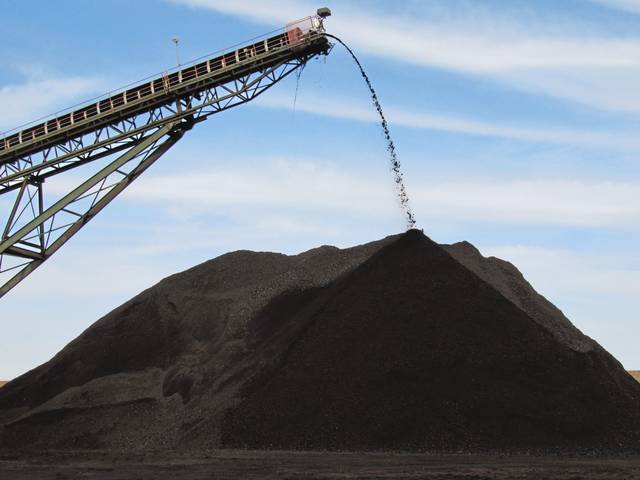https://development.triblive.com/news/pennsylvania/survey-pa-greenhouse-gas-emissions-dropped-from-2005-2016/
Survey: Pa. greenhouse gas emissions dropped 19% from 2005 to ’16

Pennsylvania’s net greenhouse gas emissions dropped nearly 19% from 2005 to 2016, according to a new inventory prepared by the state Department of Environmental Protection.
Pennsylvania was responsible for 235 million metric tons of carbon dioxide equivalent in 2016, which represented an 18.8% decrease in greenhouse gas emissions from the baseline year of 2005, according to the inventory.
Greenhouse gases typically accounted for in the report include carbon dioxide, methane and nitrous oxide.
The inventory is updated annually by DEP in accordance with the Pennsylvania Climate Change Act of 2008 and will be reviewed by the Climate Change Advisory Committee at its Dec. 10 meeting in Harrisburg.
Gov. Tom Wolf has committed the state to reduce greenhouse gas emissions by 26% by 2025 and by 80% by 2050, compared to 2005 levels.
The latest inventory measures greenhouse gas emissions across seven sectors, including residential, commercial, industrial, electricity generation, transportation, agriculture and waste management.
The transportation, industrial and electric power sectors together accounted for about 84% of Pennsylvania’s gross greenhouse gas emissions, according to the inventory.
Between 2005 and 2016, the transportation sector saw an emissions decrease of 11.75 million metric tons, the industrial sector experienced an increase of 0.68 million metric tons, and the electricity production sector saw a decrease of 40.47 million metric tons.
Greenhouse gas emissions from agriculture remained fairly steady during the time period studied, increasing by 0.74 million metric tons from 2005 to 2016.
Data for the inventory were obtained primarily from the U.S. Environmental Protection Agency’s State Inventory Tool.
Copyright ©2025— Trib Total Media, LLC (TribLIVE.com)
